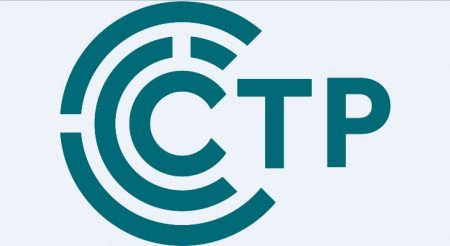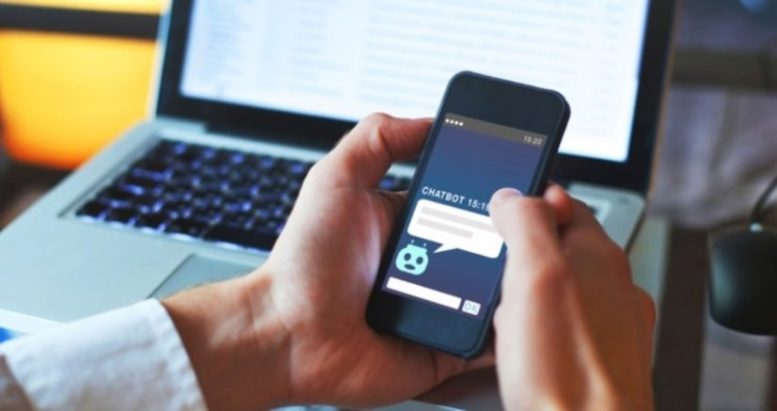How To Reduce Average Handling Times & Call Volumes in your contact centre – Rick Kirkham, Founder and Managing Director at Customer Touch Point
If you’re responsible for running a contact centre, then you don’t need us to tell you why average handling times and call volumes are such important metrics.
With industry figures quoting that the average customer service call is now over five minutes, costing an average of £4.27 per call, it’s no wonder that every business with a contact centre is focused on reducing them.
At Customer Touch Point we’ve pulled together some of our top tips to help you reduce average handling times (AHT) and call volumes.
But first, let’s start with the basics… What is Average Handling Time (AHT)?
According to HubSpot, average handling time is a “customer service metric that measures the average amount of time needed to resolve a support or service request. This includes any time spent on holds, delays, or follow-up actions to fulfil the customer’s needs. AHT is typically used in call centres to determine the average length of phone calls, but it can also be used to analyse chat and email queues as well.”
It often also includes entering data, filling out forms and making outbound calls as necessary to complete the transaction. The agent is unavailable to receive another inbound call while in this process.
So now we know what we’re talking about, let’s explore our top tips.
 1. Value your customers
1. Value your customers
According to research by Forrester, 66% of adults believe that the most important thing a company can do is value their time.
Our time is precious and there’s nothing more frustrating than being passed from pillar to post, being placed on hold for what feels like an eternity or not being able to find information quickly enough online.
It’s important to make sure your customer experience strategy is focused on being as effortless as possible – for the business, your contact agents and your customers.
 2. Understand customer needs & the customer journey
2. Understand customer needs & the customer journey
Understanding how your customers prefer to contact you and which enquiry types they’re more likely to self-serve for will help to reduce AHT.
This knowledge, combined with an engaging customer journey design, ensures you can ask the relevant information at the right time and in the right way to maximise self-serve acceptance.
This becomes a win-win because the customer resolves their enquiry quickly and it’s cheaper for you to serve them this way.
From our experience – and evidence from the industry – we know that when customers self-serve for simple enquiries, average handling time will go up (as the more complex calls typically take longer) but call volume still goes down. The net effect of that makes you better off overall, as you’d still be dealing with those longer calls anyway. It really is about interpreting your data correctly.
Which leads us nicely into tip number three, measurement.
 3. Measure and benchmark everything
3. Measure and benchmark everything
To monitor how well your customer service team is meeting demand and solving customer enquiries, you need to measure both average handling time and call volumes.
The best way to do this is to first of all know what the industry average is. The global average is 6 minutes 3 seconds, according to Call Centre Magazine, but you’ll need to check your own industry average for more relevant comparisons.
This information can usually be reported on from your Customer Engagement Management platform, but it’s worth being aware of a few factors that can lead to false figures.
For example, we recently worked with a financial services business reporting an average handling time of 54 seconds, which based on the complexity of the calls being received seemed very low. After a thorough analysis it was apparent that there were a high number of call transfers taking place and a low first-contact resolution rate. Both the initial and secondary contact were logged and reported as two calls, one lasting on average 22 seconds, the other (which actually resolved the enquiry) lasting over two minutes.
The net effect was that the initial 20 second contact was artificially reducing the average handling time statistic on all calls for that department. This created a false statistic that was being used as the main assumption for the workforce planning team.
 4. Make your IVR an effortless experience – and please don’t ask them to repeat information!
4. Make your IVR an effortless experience – and please don’t ask them to repeat information!
For those customers who can’t or don’t want to self-serve, the best thing you can do is make sure any information captured during the initial interaction reaches the agent, ensuring the customer doesn’t have to repeat those details.
This often comes down to how your IVR is designed and how information flows to your agents from other systems.
We know from experience of live call listening and analysing customer feedback from our survey apps that having to repeat information already asked generates frustration and irritation. It wastes time, increases handling time and associated costs, and drives negative behaviour, making a positive call outcome much harder to achieve.
It wastes everybody’s time and increasing average handling times and its associated costs unnecessarily. Financial services (sorry to pick on you!) in particular are repeat offenders here.
For example, repeating a card number to a call agent takes an extra 20 seconds, which we will assume costs 20p. When that’s multiplied by 2 million payment processing calls a year the extra cost comes to £400,000.
 5. Make sure your contact channels support self-serve
5. Make sure your contact channels support self-serve
We’re often asked to help new clients increase self-serve acceptance rates on applications they’ve implemented but which are not achieving the desired or expected self-serve rates to provide the return on investment they need.
Most of the time, we find obvious barriers up to the point of self-serve, or in the apps themselves. These are typically technical glitches, routing or rules design issues, customer engagement issues, or sometimes all three.
By identifying the barriers and putting (often simple) corrective measures in place, it’s soon very easy to improvement engagement and self-serve.
For example, one of our clients was experiencing very poor self-serve acceptance for online order tracking. All of which was down to two main barriers: the self-serve offer was two minutes into the automated phone journey, so by the time customers reach that point and were told they could track their order online, they had already lost all trust in the experience and stayed on the phone to avoid losing their place. Secondly the automated voice sounded nothing like their brand, adding to the lack of trust issue.
By simply changing the tone of voice in the telephony recording and moving the order tracking option further up the IVR menu, self-serve acceptance increased from 40% to 70% from day one of going lie and remain that high 18 months on.
 6. Anticipate customer needs
6. Anticipate customer needs
Proactive customer experience in the case of customer contact is largely about anticipation.
For example, if you have a piece of furniture being delivered from an order you placed three months ago you may phone the company the week before to make sure it’s on track. Staffing for this type of call costs on average £4.27 (according to Contact Babel’s Contact Centre Decision Makers Guide 2018-19). Yet if a company anticipated that the customer would want to check this, they could send them an SMS in advance, costing a few pence and avoid that call coming into the contact centre.
Businesses can also act proactively and reduce effort with tools like in-call document signing, which also saves 90% of the paperwork – and a lot of money – if you think about the cost of printing, posting and supplying pre-paid return envelopes to customers.
 7. Make continual investments in agent training & workflow optimisation
7. Make continual investments in agent training & workflow optimisation
Contact centre agents should be trained at frequent intervals in order to help them reduce average handling time. They should know how to use their systems, and tools such as CRM and chat, to ensure the call is answered quickly and efficiently. Training should also ensurie that the contact agent knows who to contact when they need to clarify a query or receive other support and, whilst this sounds obvious, understand the company’s products and services inside out. Together, these will all reduce handling time.
AHT can also be drastically reduced if agent workflows and processes are reviewed and made more efficient. Managers should work hard to spot inefficiencies and cut out anything that adds unnecessary handling time and doesn’t lead to a good customer experience. Consider using automation for appropriate processes and customers. These are often non-emotional, complex or urgent transactions, although when using automation be sure that it still delivers a human experience – see tip 5 on making you’re your contact channels support self-serve.
 8. Ask your customers what else you can do
8. Ask your customers what else you can do
Your customers want to deal with you in a way that gives them when they need quickly and easily. These days, in many respects, customer effort = customer experience. The good news is that if you ask, your customers will generally tell you what you can do to make the experience better for them. However, make sure you ask the right question, in the right way and at the right time.
Asking your customers can also be a great relationship builder, especially at the moment, when many things have had to change at short notice and demand has become more unpredictable. And once you’ve acted on their feedback be sure to let them know and say thank you; it’s another great way to improve the relationship over the long-term.

For additional information on Customer Touch Point view their Company Profile

 1. Value your customers
1. Value your customers




